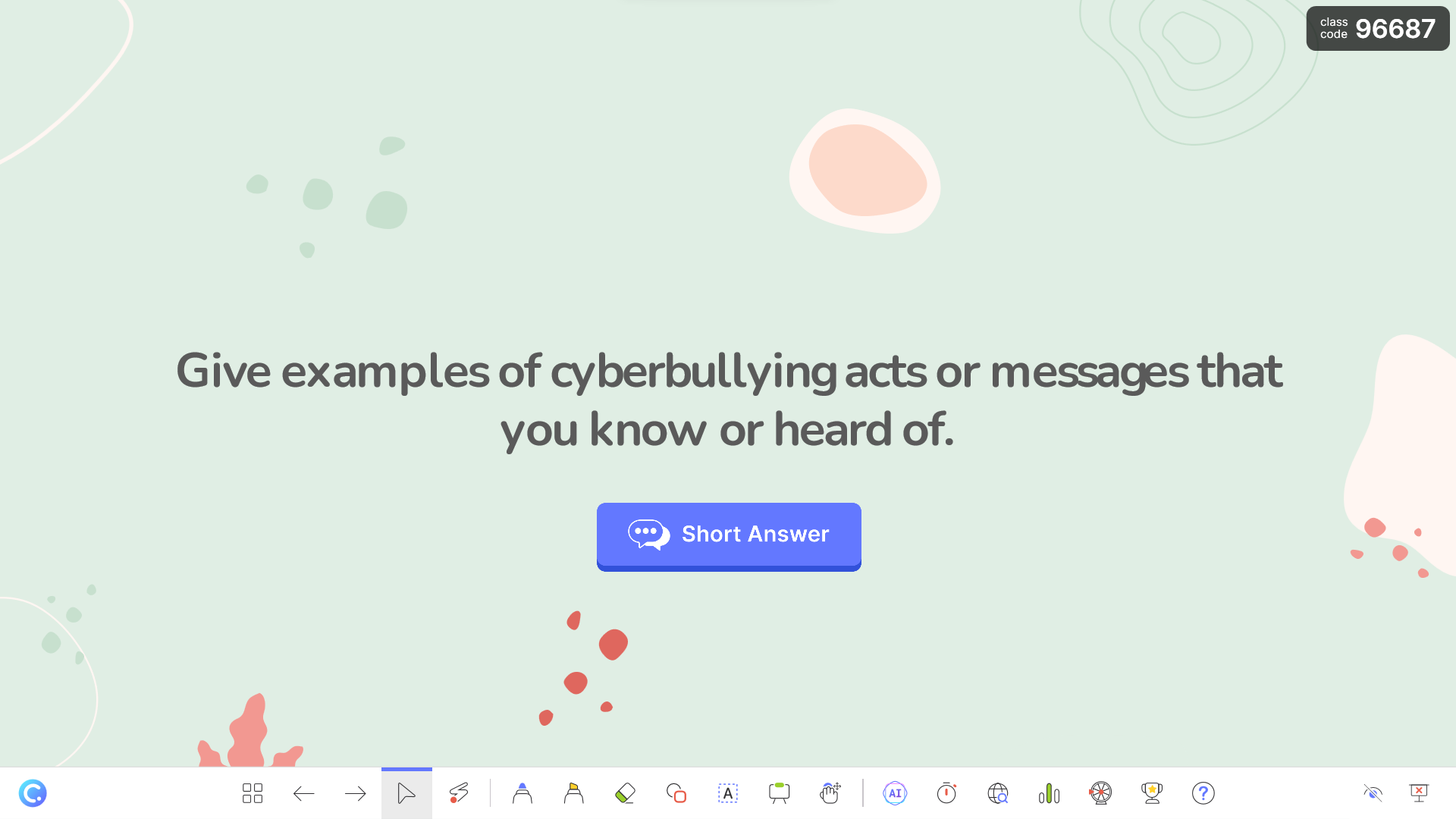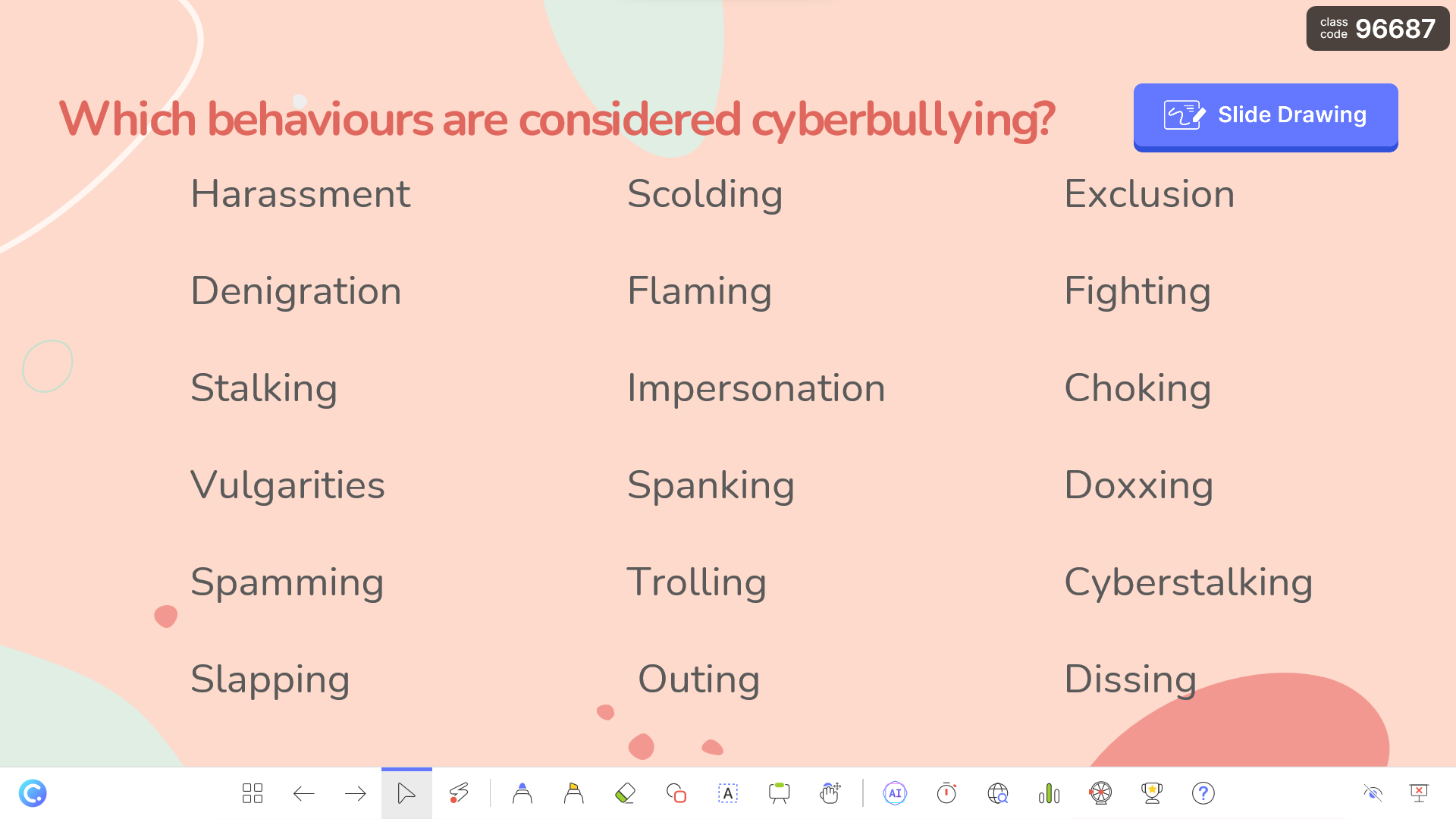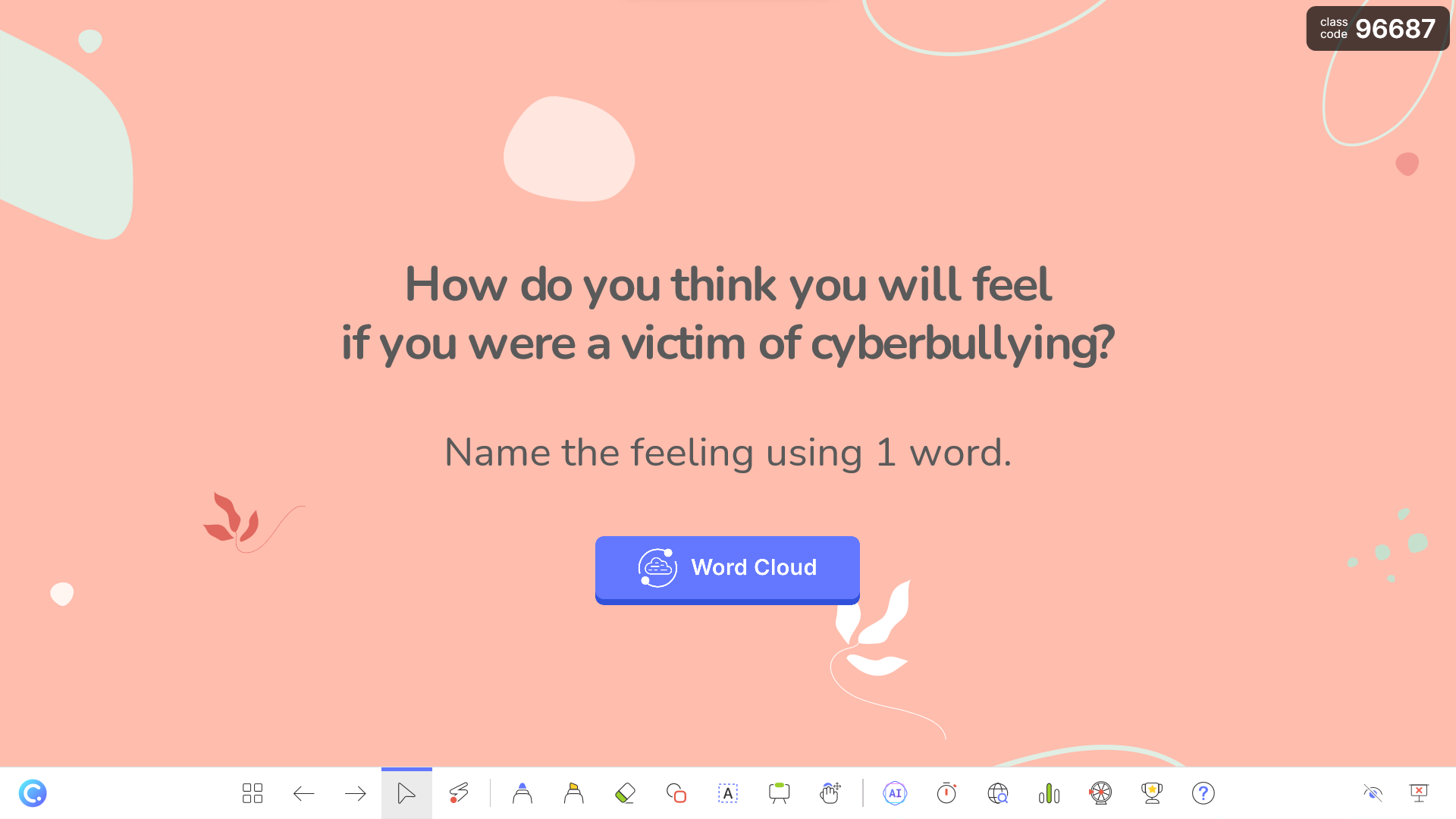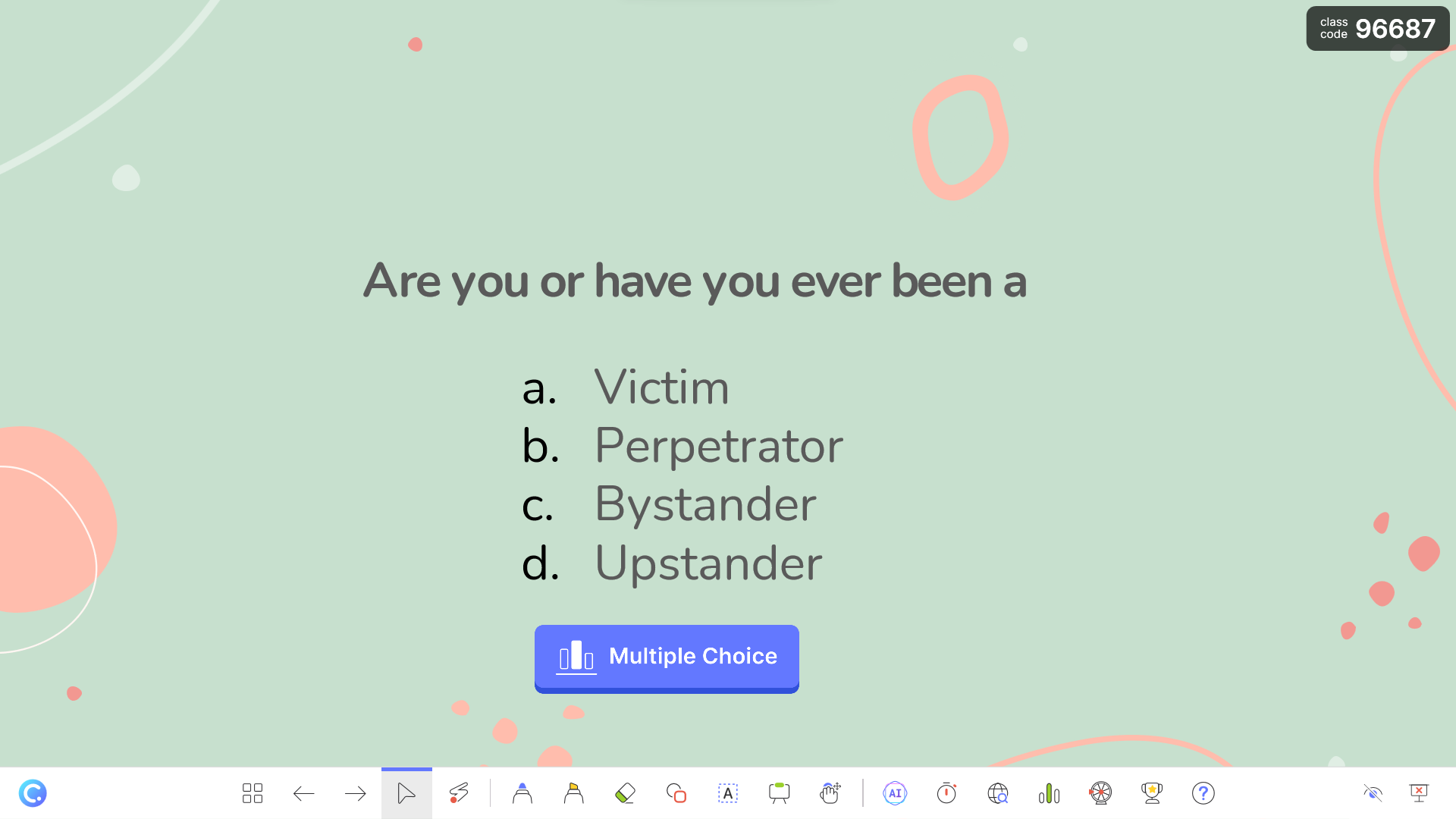Within the past two years, we have seen sharp demand for virtual learning as the world grapples with the pandemic. The increase in screen time both during and after school hours has exacerbated a growing mental health crisis and cases of cyberbullying among teenagers.
Cyberspace is a convenient place for students to vent their feelings, release their stresses and get into debates as it provides them with anonymity and an accompanying false sense of security. Then there is the fact that policing cyberspace for hate speech, name-calling, harassment, doxing, impersonation, and more is virtually impossible on certain online platforms.
Under the direction of the Ministry of Education in Singapore, local schools are tasked to address this growing problem. Teachers who are the first line of contact for the students may be called upon to discuss cyberbullying issues with the class. Getting students to discuss mental health topics openly can be challenging, especially when valid concerns exist. For instance, students may be worried that they will attract unnecessary and negative attention from others or feel the class is not a safe environment to talk about such issues. In addition, mental health talks can be dry and boring for some.
Discussing Cyberbullying
In this blog, you will find 4 simple activities using ClassPoint that you can use in class to fully engage your students in conversation about cyberbullying.
Survey the Class
It is always helpful to survey the class to understand how much students know about cyberbullying. This will provide a good opening and help you determine the pace of the lesson. Use a Multiple Choice activity that allows them to choose one of the following answers. Do make sure to qualify what ‘good understanding’ means. For example, you could say that having a good understanding of the subject means that you know when cyberbullying is taking place and what you can do to stop it.

For these exercises, I used ClassPoint’s interactive PowerPoint quiz questions to conduct these in-class activities. With ClassPoint, you can add the questions into your already-made PowerPoint and have students answer the questions using their devices live, during class. If you don’t use Microsoft PowerPoint or ClassPoint, you can audibly ask your students these questions, use a different tool, or use a pen and paper.
Invite Participation
Activity 1

Begin with some neutral activities that would avoid making anyone feel vulnerable while participating. A neutral activity, for example, would be to ask the students the question above. Note that the question has been intentionally phrased as “that you know or heard of” instead of “that you have received” as this depersonalizes the question and creates a sense of safety.
Using ClassPoint’s Short Answer tool actually allows you to hide students’ names. Answering with hidden identities can encourage participation and enables students to construct knowledge collectively. Deepen the discussion in class by leveraging on students’ responses; start a spontaneous discussion about why a certain statement is perceived as a cyberbullying message.
Activity 2

Many people are not always aware of what is considered cyberbullying or that there are five to eleven types of cyberbullying behaviors. Instead of simply telling them about it, why not make it fun and have a quiz? ClassPoint’s Slide Drawing feature allows them to circle or highlight their answers which can then be shared with the class.
If students don’t have devices, again this can be done on the worksheet, or you can write a list of behaviors on your whiteboard before class and have students circle their answers as a class.
Go Deeper
Teaching students to develop perspective-talking skills is important as it can help them to develop empathy for the victims. This is done by moving them from the cognitive domain to the emotional domain through open-ended questions about feelings.
In the cyberbullying lesson, you can use Word Cloud to ask them the following question:
Activity 3

Using their answers, you can easily transit into a lesson or discussion about how victims suffer from negative feelings that if left unchecked, will make them more vulnerable to developing certain unhealthy thoughts and behaviors. When prolonged, this puts them at a higher risk of developing mental health issues.
Research has found that cyberbullies sometimes lack the awareness that they are hurting someone by something they said. For example, some name-calling language might be something that the bully is accustomed to and grew up with and therefore does not see anything wrong in saying it to a stranger in an online game chat.
However, the person who receives this may be hurt by it because he/she may happen to be struggling with low self-image and low self-esteem. Through further dialogue, you would want to draw their attention to how certain messages and behaviors (cite examples from Activity 2) can be perceived as hurtful and offensive.
Finding Out More
Mental health lessons are good opportunities for you to identify students who may be in need of help. This can be done via a Multiple Choice Activity where carefully curated questions are posed to the class without a need to publish the answer. Below is a sample of one question that you can ask:
Activity 4

Discussing cyberbullying is important for students, teachers, and schools as education continues to adopt technology and as young students face the repercussions including their mental health and self-esteem when using the internet.
I hope you have seen how these interactive and engaging questions can uncomplicate the subject matter and allow you to navigate any mental health topic with ease. And by using ClassPoint, you can directly engage with every single student during your lesson and help ease into vulnerable discussions with anonymous Q&As. Learn more about using ClassPoint here.
Remember that the key is to create a safe and comfortable online environment by ensuring that students’ identities and stories are not exposed, whilst providing them with a space to seek help and ask questions.

